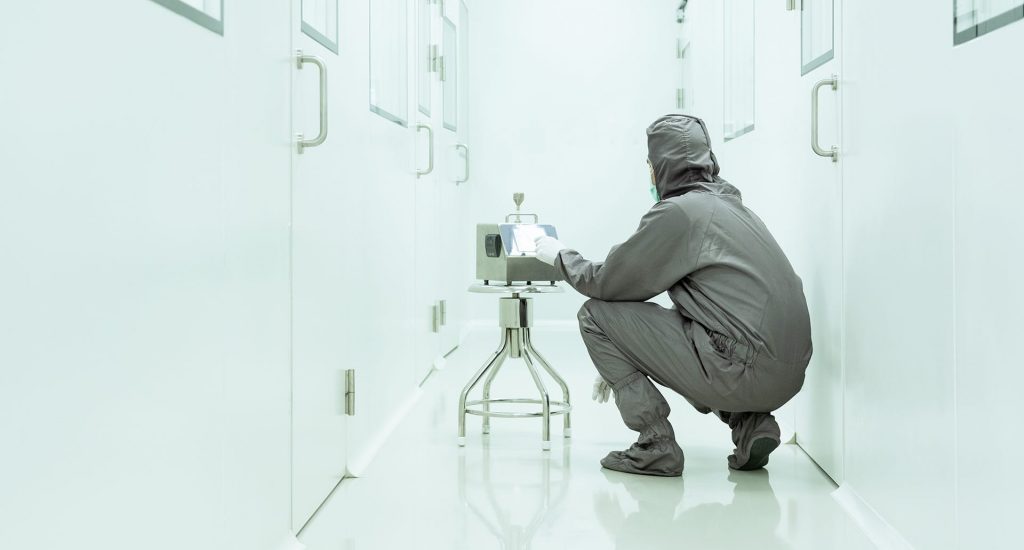ISO 14644 is a series of international standards that provides guidelines for the classification of air cleanliness in cleanrooms and controlled environments. These standards specify the cleanliness levels that must be maintained in such environments in terms of the number and size of particles allowed per cubic meter of air.
The ISO 14644 standards are important for industries such as pharmaceuticals, biotechnology, medical devices, semiconductors, and aerospace, where even small particles can have a significant impact on product quality, yield, and reliability. The standards provide a common framework for these industries to ensure that their cleanroom facilities are designed, constructed, and operated consistently, and that the level of cleanliness is appropriate for the intended use of the cleanroom.
The ISO 14644 standards cover a range of topics, including cleanroom classification, testing methods, monitoring and control of cleanroom environments, and documentation and record-keeping. The standards are regularly updated to reflect advances in technology and best practices in the industry.

what is iso 14644 -1
ISO 14644-1 is the first part of the ISO 14644 series of standards and provides the general principles for cleanroom design and operation. This standard is intended to be used as a basis for planning, designing, and operating cleanroom facilities in a consistent manner.
ISO 14644-1 establishes the requirements for cleanroom classification and specifies the minimum cleanliness levels for air, surface cleanliness, and other environmental parameters that are necessary for a cleanroom to meet its intended purpose. The standard also provides guidelines for the design and construction of cleanroom facilities, including requirements for ventilation, lighting, and other infrastructure.
ISO 14644-1 applies to all industries that require cleanroom facilities, such as pharmaceuticals, biotechnology, medical devices, microelectronics, and aerospace. Compliance with this standard ensures that the cleanroom facility is designed and operated to minimize the risk of contamination and maintain the required level of cleanliness.
ISO 14644-1 is regularly updated to reflect advances in technology and best practices in the industry, and compliance with the latest version of the standard is recommended for all cleanroom facilities.
There are several other parts of the ISO 14644 series, each of which covers a different aspect of cleanroom design, operation, and testing. These include:
- ISO 14644-2: specifies the methods for evaluating the performance of cleanrooms in terms of particle concentration levels.
- ISO 14644-3: provides guidance on the selection and use of air samplers for the testing of cleanrooms and clean zones.
- ISO 14644-4: describes the design and construction requirements for cleanroom installations, including their airlocks, airlocks, and validation procedures.
- ISO 14644-5: specifies the methods for characterizing the performance of cleanroom clean air devices (CADs), such as filters, diffusers, and grilles.
- ISO 14644-6: provides guidance on the operation and maintenance of cleanrooms and clean air devices.
- ISO 14644-7: specifies the requirements for testing and monitoring of cleanrooms for viable particles, such as bacteria and fungi.
- ISO 14644-8: covers the classification of airborne molecular contamination (AMC) in cleanrooms and other controlled environments.
- ISO 14644-9: provides guidance on the measurement of surface cleanliness in cleanrooms.
- ISO 14644-10: covers the classification of surface cleanliness by particle concentration.
- ISO 14644-11: specifies the requirements for monitoring and validation of cleanrooms for changes in occupancy.
Each of these parts is important for ensuring the quality and cleanliness of cleanroom facilities in different ways. Compliance with these standards can help ensure that cleanroom facilities are designed and operated consistently and that the level of cleanliness is appropriate for their intended use.

